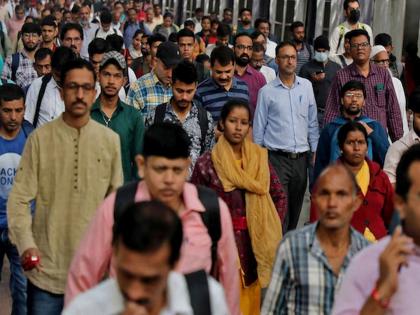India’s 2025 Census to Begin: Major Changes Expected in Lok Sabha Constituencies
By Lokmat English Desk | Updated: October 28, 2024 11:53 IST2024-10-28T11:52:19+5:302024-10-28T11:53:46+5:30
National census, which is typically conducted every 10 years, is now expected to begin in 2025. Originally scheduled for ...

India’s 2025 Census to Begin: Major Changes Expected in Lok Sabha Constituencies
National census, which is typically conducted every 10 years, is now expected to begin in 2025. Originally scheduled for 2021, the census was delayed due to the COVID-19 pandemic, disrupting the established pattern of census years: 1991, 2001, and 2011. With the new timeline, the upcoming census cycle will now shift to 2025, and the subsequent census will likely take place in 2035.
The 2025 census is anticipated to extend into 2026, with data collection processes starting in 2025. According to high-level sources within the central government, the findings are expected to be officially released in 2026. Following the census, steps toward redrawing and expanding Lok Sabha constituencies will be initiated. This process of redistricting is projected to be completed by 2028, which could lead to an increase in the number of Lok Sabha seats and a significant restructuring of the electoral map.
Also Read: Wayanad Bypoll 2024: Priyanka Gandhi to Campaign Across Hill Constituency From Today
The government has yet to decide on whether the census will include caste data, an aspect that opposition parties have persistently advocated for. Traditionally, the census records religion and social class information, but this time, there’s a likelihood that respondents may also be asked about their specific sect. This consideration aims to reflect the diversity within castes and communities more accurately. For instance, in Karnataka, Lingayats, who fall under the general category, regard themselves as a distinct sect. Similarly, sub-sects exist within scheduled castes, such as Valmiki and Ravidasi, and these could be considered in the census for a more detailed understanding of the population composition.
This approach would expand the census framework to include not only religious and class data but also sect-based information. If implemented, it could provide a more nuanced view of India’s population diversity, capturing the complex identities within castes and religious groups, something that the government is reportedly still evaluating.
Open in app